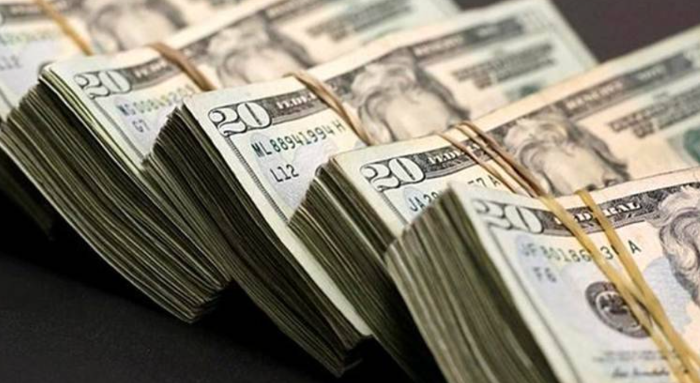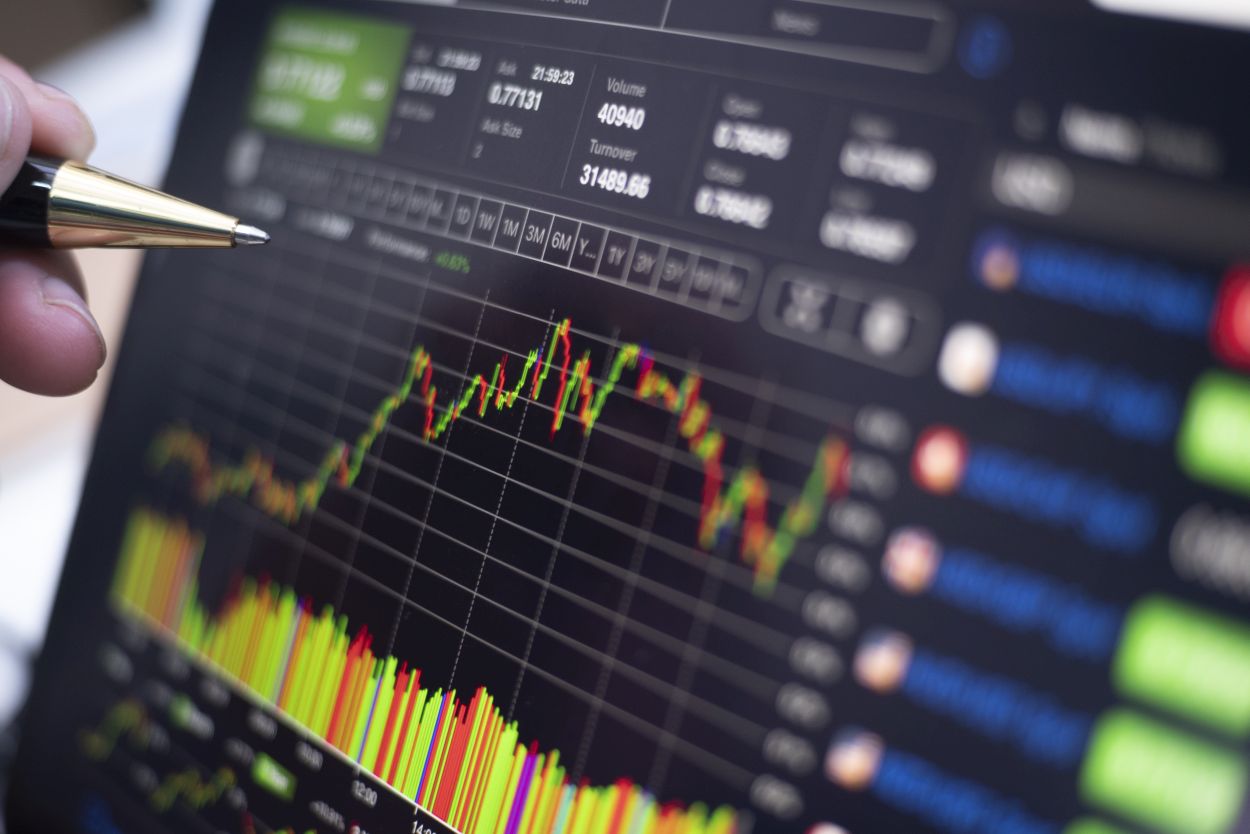How to value currencies through economic theory

Interest rates
Imagine that you are an investor from Paris. You need to decide which bonds to buy: European or American. You are comparing the offered yield. A ten-year bond issued this week by the US Treasury offers 3%; German bonds give only 1.2%. But when buying American paper, you will have to take into account the risks associated with exchange rate fluctuations. You need income in euros. Bonds issued in Washington will only be attractive to you if the additional yield exceeds any expected loss due to euro/dollar fluctuations.
This phenomenon, known as „uncovered interest parity” (UIP), explains why the dollar has appreciated so much against the euro of late. The US currency reached parity with the euro on July 12 for the first time since 2002. UIP indicates that changes in interest rates dictate the dynamics of exchange rates.
If U.S. Treasury yields rise relative to European yields, the dollar will strengthen until investors begin to „wait” for a decline over the life of the bonds, which will wipe out additional gains from buying Treasuries.
The Fed is expected to raise rates above 3.5% in 2023. The ECB rate will be twice as low. The dollar is also up 20% against the yen in 2022. Perhaps this dynamic is due to the fact that the Bank of Japan is not expected to raise the rate above 0.2% in the next three years.




